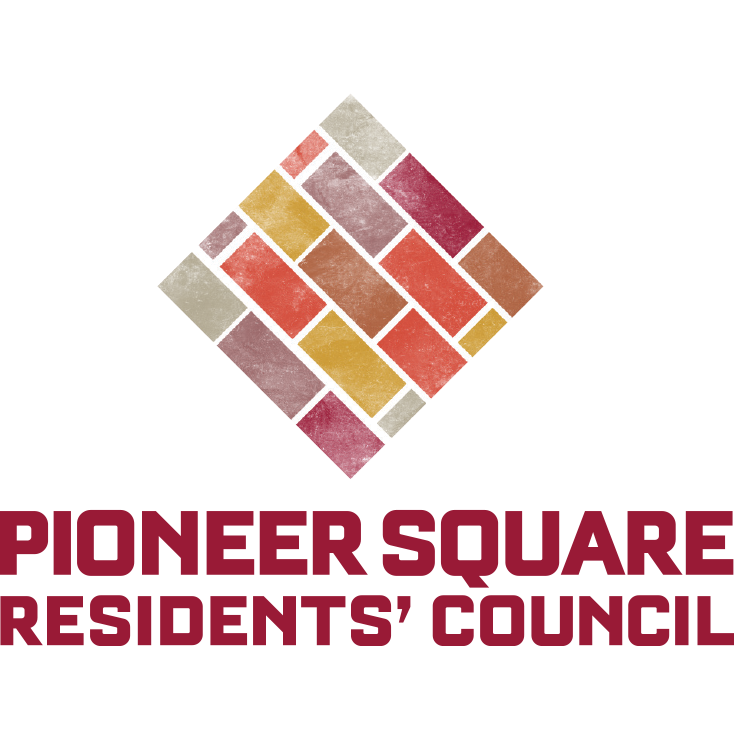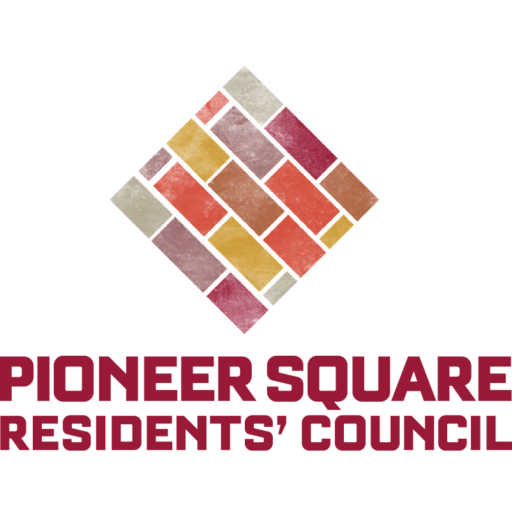01 Feb Revitalization Committee, Executive Summary
Link to Part 1, Social
Link to Part 2, Economic
Link to Part 3, Political
Link to Part 4, Physical
The Revitalization Committee for Pioneer Square is meeting again tomorrow morning (open to the public) to continue the discussion about revitalizing our neighborhood. I’ve been posting clips from the presentation, but if you’d like to see the whole 60 min presentation, click here.
Realities and Observations
- There is a sense among Pioneer Square stakeholders that the commercial district is suffering.
- Declining rents, vacancies and deferral of major reinvestment projects support this premise.
- However these characteristics are true of commercial districts all over America, and the primary forces creating these consequences are national in scope and beyond the ability of one city, state or region to quickly overcome them.
- But even in its current condition, Pioneer Square is one of the great historic commercial districts in the country.
- The quality level of the retailers in Pioneer Square is very high, and a vast majority of them are independent, locally owned businesses.
- There seems to be an inadequate recognition by Pioneer Square stakeholders of how extraordinary this commercial district is.
- The number and quality of great historic buildings in Pioneer Square is certainly the major defining characteristic and strength of the district. At the same time the “edginess” and concentration of locally owned businesses is also an asset. But both “edginess” and independent merchants are fragile assets. In economic downturns, many independent merchants struggle to simply survive. In economic boom times the “edginess” can often be lost in a wave of cash and investment from national chains who prefer a more antiseptic environment.
- The clients of Pioneer Square social service providers (who are readily apparent in the district) are seen as a significant adverse factor on both commercial activity and more market rate residential development in the district.
- There is a concentration of social service providers (and, therefore, their clients) in Pioneer Square.
- Many of these service providers predate any of the existing businesses in Pioneer Square. Further, many own their own buildings and are not going elsewhere.
- There seems to be a significant difference among social service providers their sense of responsibility for their clients once they leave their facilities.
- The congregation of unemployed and often homeless persons in a relatively small commercial district does create a sense of uneasiness among many customer and stakeholder groups.
- The criminal predators – drug dealers and others – exacerbate the sense of unsafety and frequently target the homeless and their not-infrequent addictions and physical and mental health conditions.
- The reality is that people who may have a bed but neither a job nor a daytime residence have to be somewhere. And until there is a day center for them to go, they will be on the street.
- While there is a role for police in addressing these issues, it is not solely a police function.
- While being homeless is not a crime there should be an expectation of civility in an urban context, and many of the actions of some of the homeless far cross the civility threshold.
- At the same time there is a political position among some advocacy groups that the expectation of civil and hygienic behavior is a violation of some imaginary “right”. The concept of rights without responsibilities violates the basic principles which functioning urban life requires.
- This concept of rights but not responsibilities is not limited to some homeless or their advocacy organizations, however. There are numerous examples in Pioneer Square of property owners leaving properties vacant, unmaintained, or suffering demolition by neglect. This is defended by the argument “It’s my property and I have the right to do with it as I will.” But this ignores the property responsibility side of the equation that recognizes that a deteriorating and vacant property is essentially stealing value from adjacent properties. The concept of property rights should not be extended to allow one property owner the right to diminish the property values of his neighbors.
- The Pioneer Square Community Association as lost considerable effectiveness and credibility in recent years.
- The Pioneer Square Community Association needs to be a comprehensive economic development organization, not just the “voice of the neighborhood” or a promotional organization. Currently it is neither staffed nor funded to serve in that role.
Here are the final recommendations from Rypkema (commercial revitalization expert):
- Establish an entity that is a comprehensive economic development organization. This could be a new organization, a reconstituted Pioneer Square Community Association, or a subset of another organization.
- Systematically assemble and evaluate reliable economic data for the Pioneer Square for the last 5 to 8 years.
- Create and then implement a communications strategy targeting both Pioneer Square stakeholders and the larger Seattle community regarding the organization and its role and the economic facts (as opposed to anecdotes) of the Pioneer Square economy.
- Actively recruit and involve the growth sector business segments in Pioneer Square beyond retailing and food and beverage.
- Incorporate these and other priorities into a comprehensive strategy for Pioneer Square.
“Far from being a commercial district in its last gasp, Pioneer Square is a commercial district of both relative economic health and extraordinary economic opportunity. The physical fabric of the neighborhood, the considerable but largely invisible growth of knowledge based businesses, and the proximity to both Seattle and international markets that the district provides would be envied by almost any other commercial district in the country.
But those opportunities will be foregone if stakeholders in Pioneer Square don’t approach economic development comprehensively, continue to make decisions based on anecdote rather than data, and fail to include and capture the currently untapped human and financial resources that could be available.”
Donovan Rypkema
PlaceEconomics
Washington, DC
December 20, 2009









Pingback:The New Pioneer Square- A deeper look at the South Downtown Livable Plan – Blog Title
Posted at 11:21h, 21 April[…] to have that many historic buildings within one neighborhood and is what led Donovan Rypkema (commercial/historic revitalization expert) to say that “Pioneer Square is an amazing historic neighborhood and it needs to be […]